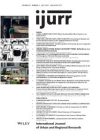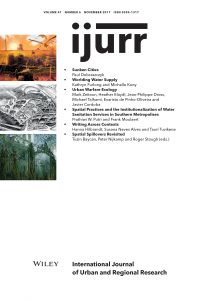Climate change presents multiple challenges to cities—not only in terms of the resilience and sustainability of the urban fabric, but also in relation to how urban inhabitants imagine they might adapt to a future transformed environment. This article explores imaginative modes of thinking in relation to future cities and climate change, focusing on representations of urban drowning or submergence. It considers, in turn, climate-change fictions—from J.G. Ballard’s 1962 novel The Drowned World to Paulo Bacigalupi’s The Drowned Cities, published in 2012; visual representations from Gustave Doré’s The New Zealander in 1872 to Alexis Rockman’s 2004 Manifest Destiny; and architectural conjecture, from Wolf Hilbertz’s Autopia Ampere project from 1970 onwards to CRAB Studio’s Soak City in 2009. The article draws out how these imaginaries intersect with theoretical understandings of science fiction and ecology, contending that an emphasis on multiple imaginaries of climate change is critical to expanding the narrow range of possibilities that currently characterize the literature on cities and climate change. Imaginative texts, images and designs mutually inform each other to encourage holistic ways of approaching how we think about the prospect of urban submergence and to incubate radical responses to it.

